rotating plants in MN
boyle014
15 years ago
Related Stories

GARDENING GUIDESGreat Design Plant: Butterfly Milkweed, a Beacon in the Prairie
Vivacious orange flowers for you, nectar for the butterflies and bees. Asclepias tuberosa is worth planting for more reasons than one
Full Story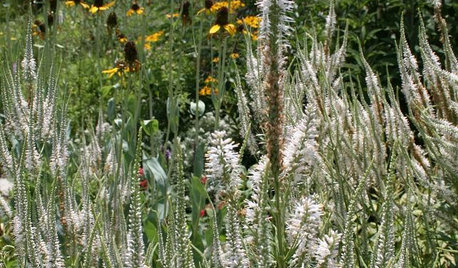
CENTRAL PLAINS GARDENINGGreat Design Plant: Culver's Root
Spiky summer blooms beloved by butterflies and architectural interest in winter make this Midwest native plant worth featuring in the garden
Full Story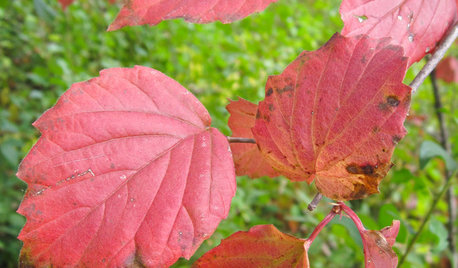
GARDENING GUIDESGreat Design Plant: Viburnum Rafinesquianum Colors the Fall Woodland
Plant downy arrowwood in eastern and midwestern U.S. gardens for spring color in the shade and bright red fall foliage
Full Story
GARDENING GUIDESDo You Have This Invasive Plant in Your Yard?
Garlic mustard is spreading across the U.S. Here’s how to spot it and what to do
Full Story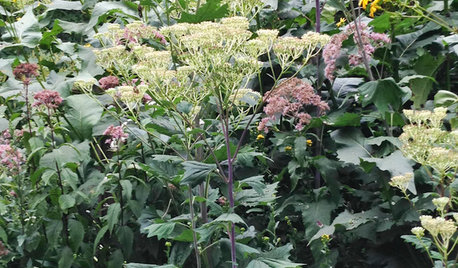
GARDENING GUIDESGreat Design Plant: Pale Indian Plantain Stands Tall and Proud
Height and generous flower heads earn Arnoglossum atriplicifolium the attention of both human and insect visitors
Full Story
GARDENING FOR BUTTERFLIES3 Ways Native Plants Make Gardening So Much Better
You probably know about the lower maintenance. But native plants' other benefits go far beyond a little less watering and weeding
Full Story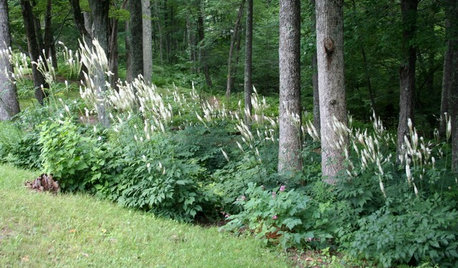
GARDENING GUIDESGreat Design Plant: Actaea Racemosa
Elegant flowers top black cohosh in summer woodland gardens
Full Story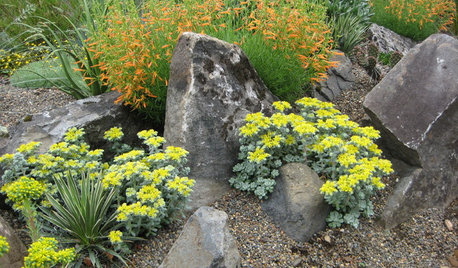
GARDENING GUIDESGreat Design Plant: Broadleaf Stonecrop (Sedum Spathulifolium)
If you want showy flowers and drought tolerance, this succulent is right up your zone-5 alley
Full Story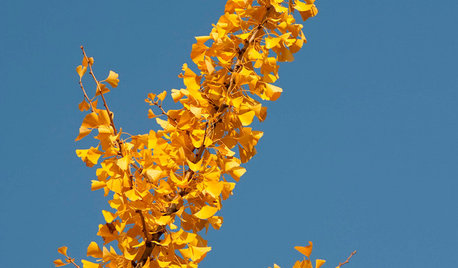
GOLD FOLIAGEGreat Design Plant: Ginkgo Biloba
This ancient tree provides shade, tolerates urban planting conditions and explodes with golden yellow fall color
Full Story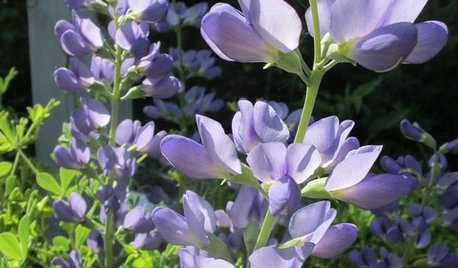
GARDENING GUIDESGreat Design Plant: Dwarf Blue Indigo Offers Carefree Beauty
Drought tolerant and a bumblebee magnet, spiky Baptisia australis may be the easiest plant you ever grow
Full Story





joeknowsjolokia
duluthinbloomz4
Related Professionals
Derry Landscape Architects & Landscape Designers · Grand Haven Landscape Architects & Landscape Designers · Middle Island Landscape Architects & Landscape Designers · Milwaukee Landscape Architects & Landscape Designers · Corona Landscape Contractors · Dallas Landscape Contractors · East Chicago Landscape Contractors · Huntley Landscape Contractors · Kahului Landscape Contractors · Placerville Landscape Contractors · San Benito Landscape Contractors · Seven Hills Landscape Contractors · Severna Park Landscape Contractors · Shaker Heights Landscape Contractors · Vashon Landscape Contractorswiley0
boyle014Original Author
mnwsgal
leftwood
boyle014Original Author
leftwood
mnwsgal
boyle014Original Author
mnwsgal
leftwood